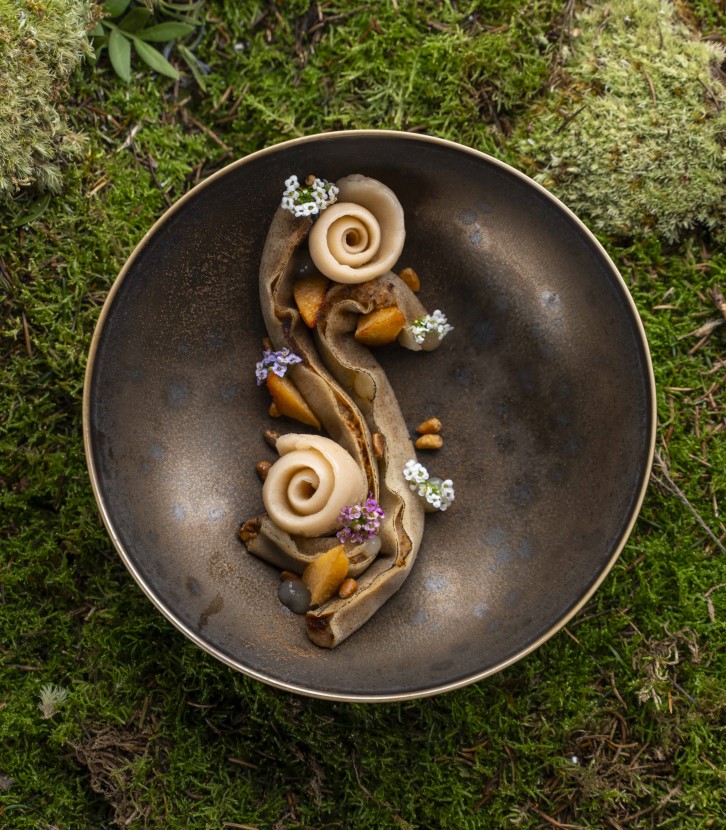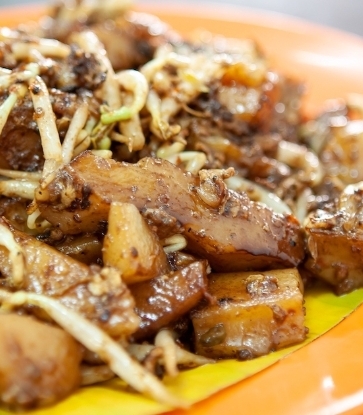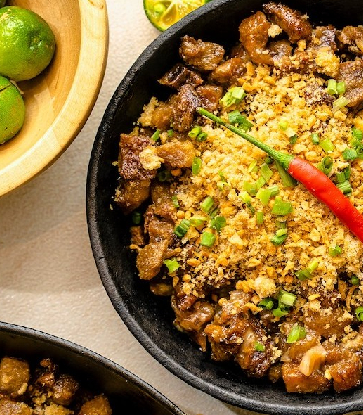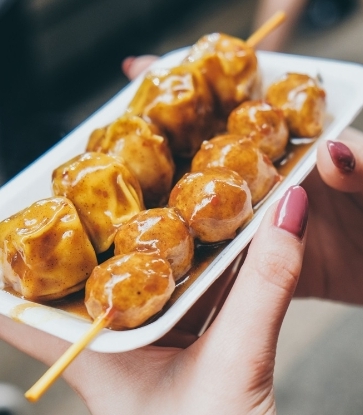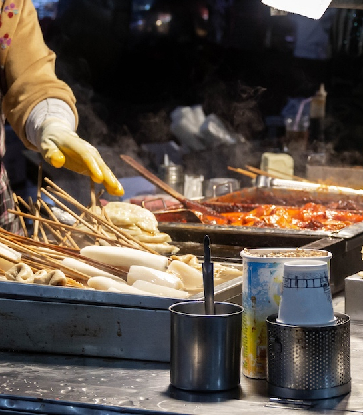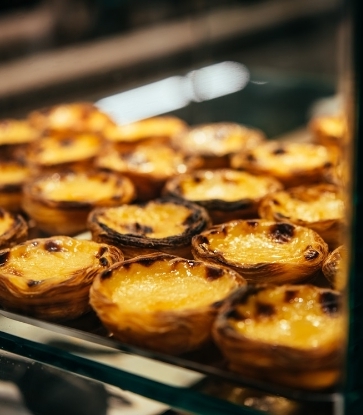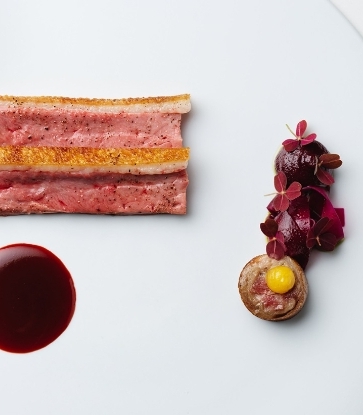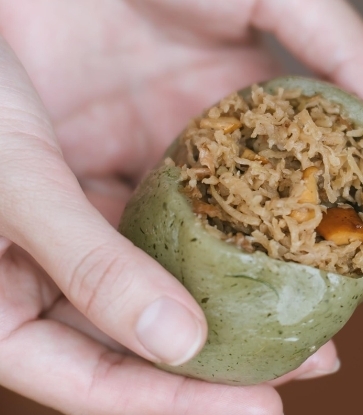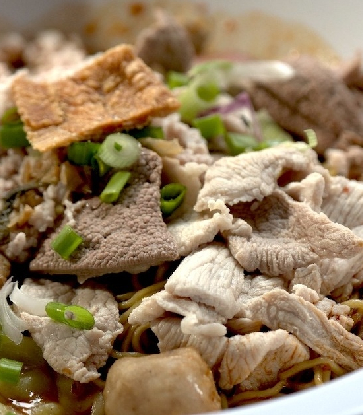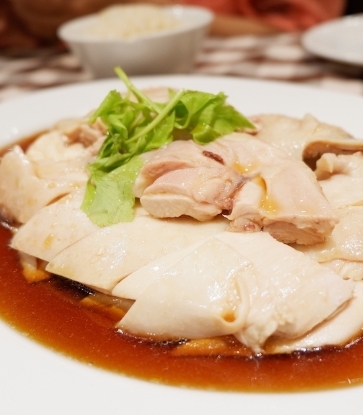Noodles in Taiwan are a versatile everyday staple, reflecting the island’s rich cultural fusion and the passage of time. From the steamy street side stalls to the new wave of refined culinary creations, the charm of noodles lies in their convenience and endless adaptability.
After the Second World War, Taiwan received large amounts of wheat and flour through American aid. The government promoted noodle consumption with a “replace rice with noodles” policy, while migrants from different regions sought to recreate the flavors of their hometowns. Gradually, this rice-dominated island embraced noodles. No longer just a snack, noodles became an essential part of breakfast, lunch, and dinner. Over time, they evolved, embodying Taiwan’s cultural melting pot. Here are seven varieties you shouldn’t miss today.
RELATED: Breakfast in Taiwan: A Fresh Morning Feast of Flavors

Beef Noodle Soup
Beef noodle soups are almost synonymous with Taiwanese cuisine, cherished both locally and abroad. A bowl of beef noodles can evoke powerful nostalgia and homesickness for those far from Taiwan.
From rich red-braised to clear broths, thin noodles to wide ones, and a variety of beef cuts, the combinations are endless. Each has its unique charm, but one thing remains consistent – the chefs’ dedication to slow-simmering both the broth and the beef to perfection.
RELATED: Iconic Dishes: Beef Noodles, a Deep Dive into Taiwan’s Iconic and Evolving Dish
Bib Gourmand establishment Kou Gyu Rou offers just six seats, with a Japanese chef who channels his previous ramen experience into a bar-style dining setup. The dish arrives with tender beef shank and a choice of knife-shaved or fine noodles. The broth, flavored with beef bones and soy sauce, offers a refreshing twist on traditional preparations.
For a hearty bowl of beef noodle soup, MICHELIN also recommends Tien Hsia San Chueh, Ke Kou Beef Noodles, Lao Shan Dong Homemade Noodles, Halal Chinese Beef Noodles (Da'an), and Muji Beef Noodles.
RELATED: Taiwan's Must-Eat Beef Noodle Bowls
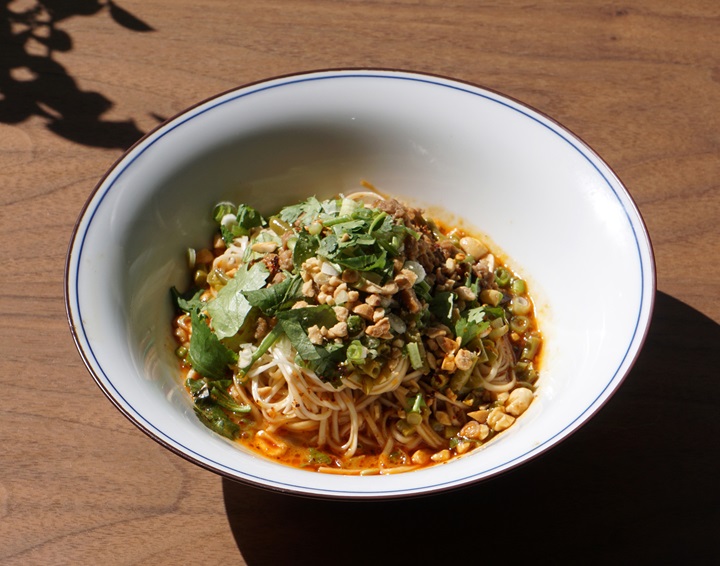
Northern and Southern Noodle Styles
Taiwan boasts noodle dishes from both northern and southern China. Northern styles, such as knife-shaved and hand-rolled noodles, focus heavily on the noodle texture itself. Southern varieties, like pork chop noodles and preserved vegetable noodles, place more emphasis on the broth and toppings.
One of the most common street foods in Taiwan is yangchun noodles – plain noodles served either dry or in a simple broth. Traditionally seasoned with just lard and soy sauce, the Taiwanese versions often add minced pork, vegetables, and bean sprouts for a more robust flavor.
In Taichung, Bib Gourmand Ajisai is a modern Jiangzhe-style noodle house serving dishes like lion’s head meatball noodles, braised pork rib soup noodles, and scallion oil dry noodles, alongside a variety of freshly prepared side dishes. Also in Taichung, Kung Fu Shanghai Fish Ball preserves an old-school noodle stall charm, offering handmade Shanghai scallion oil noodles, traditional yangchun noodles, and fish ball noodle soups with preserved vegetables – all well worth a try. For more northern and southern Chinese noodles, MICHELIN recommends No Name Noodles, Mu Gong Noodles, and Lao Shih Kuan Noodles.

Cold Noodles
The origins of Taiwanese cold noodles are disputed, but many believe they developed in military villages in Pingtung, where they were adapted from Sichuan-style noodles. After cooking, the noodles are cooled and then mixed with generous amounts of sesame paste, chili oil, garlic, and julienned cucumber, resulting in a refreshingly aromatic and appetizing dish.Typically made with oil noodles, some vendors use thicker handmade varieties for extra chewiness. At Shilin Night Market, Bib Gourmand pick Good Friend Cold Noodles brings a subtle innovation – replacing white vinegar with lemon juice for a fresher twist. The spiciness is customizable, and it’s often paired with a hearty miso egg soup, garnished with pickled mustard greens and cucumber strips – refreshing and utterly moreish.

Tshi̍k-á-mī (Tshi̍k-á Noodles)
Legend has it that tshi̍k-á-mī (mī refers to noodles) originated from the Yonglian Temple in Luzhou. Traditionally called tshi̍k-á-mī, the noodles are vigorously shaken in boiling water using a bamboo ladle, then topped with garlic shallot oil before serving, giving off an irresistible fragrance.
These stalls also offer an assortment of offal cuts such as pork diaphragm, heart, and liver, providing a rustic and flavorful experience. For a wholesome bowl of tshi̍k-á noodles, MICHELIN recommends Cheng’s Noodles, Mai Mien Yen Tsai, and Noodle House.
RELATED: From Oo-peh-tshiat to Offal Delicacies: A Culinary Exploration from Hooves to Beaks in Taiwan

Danzi Noodles
Smaller and daintier than tshi̍k-á noodles, Tainan’s danzi noodles offer a completely different charm. Served in shallow bowls in modest portions – a few mouthfuls at most – they are often enjoyed as a light snack between meals.Despite their size, these bowls pack a punch: a shrimp-head broth base offers intense seafood flavors, topped with whole prawns, coriander, minced garlic, and a finishing spoonful of slow-braised minced pork.
Originating during the late Qing dynasty, when a man from Zhangzhou named Hong Yutou sold noodles from a carrying pole, the tradition lives on at Bib Gourmand eatery Small Park Danzai Noodles in Tainan. Their richly flavored broth, cooked with fire-roasted shrimp and braised pork, topped with a gleaming marinated duck egg, remains an enduring crowd-pleaser.

Tainan Yi Mian (Egg Noodles)
Tainan’s yi mian comes in two types: deep-fried and non-fried egg noodles. The deep-fried variety is used for dishes like claypot noodles and eel noodles, while non-fried versions appear in simpler preparations like saltwater yi mian.Deep-fried noodles are believed to descend from Cantonese e-fu noodles, a staple at Hong Kong longevity banquets, which are celebratory meals that honor the elderly. Made with egg, they are fried to yield a fragrant and crispy texture, perfectly absorbing rich broths.
In Tainan, claypot yi mian is a daily comfort food, featuring bonito and kelp broth with aromatic fried noodles – enjoyed from breakfast through to late-night suppers. Bib Gourmand Cheng Shi is famous for its generous servings of fresh clams, while the longstanding Eastern Castle Noodles near Dongmen Roundabout is beloved for its wok-fried eel noodles. Over in Kaohsiung, Tainan Wang is the go-to spot for stir-fried eel yi mian enthusiasts.

Creative Noodle Dishes
A new generation of chefs is infusing traditional noodles with innovative spirit. In Tainan, Jai Mi Ba is run by a former fine-dining French chef, applying Western culinary techniques to craft broths and sauces for signature dishes like dan dan noodles and beef cheek consommé noodles.BUĒ MI . LAB – a play on the Taiwanese phrase “selling noodles” – blends the chef’s international experience with Taiwanese ingredients. Its signature dishes creatively mix elements like Southeast Asian sambal sauce and peeled chili peppers.
Meanwhile, Taichung’s VARMT (West) categorizes noodles into three playful flavor profiles: garlic and chili, numbing pepper, and the chef’s special selection. Their tongue-in-cheek menu names, such as “Roommate’s Dinner” (spring onion oil noodles) and “Memory for your Tongue” (numbing pepper wonton noodles), add a fun twist to the dining experience.
Further Reading: Iconic Dishes: Exploring the Rich Diversity of Taiwan’s Rice Dumplings
The article is written by Jenna Yang and translated by Chia Wen Hsu. Read the original article here.
Hero image: Shutterstock






